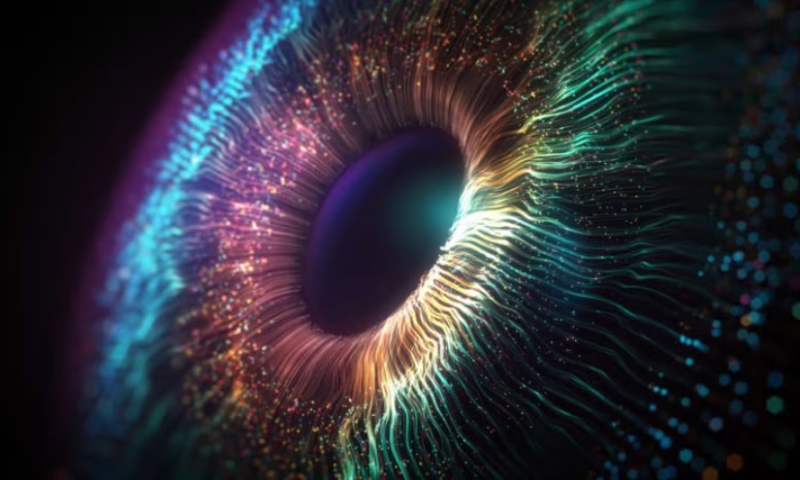All eyes are on Eyenuk, now that the Los Angeles-based startup has more than doubled its lifetime fundraising haul and set its sights on bringing its artificial intelligence-powered diagnostic tools to even more diseases and conditions.
The company roped in $26 million in series A funding, it announced Monday. About $6 million of that haul arrived in mid-2021, when Eyenuk shared that Axa Investment Managers had led an early tranche of financing in the company. The overall round also included support from T&W Medical, A&C Foelsgaard Alternativer ApS, Kendall Capital Partners and KOFA Healthcare.
Alongside the series A raise, Eyenuk also added three new members to its board of directors: representatives from Axa and T&W Medical, as well as newly appointed board chair Rob Binney, who has held leadership roles at Intersect ENT, Alydia Health, ShiraTronics and Organon’s medtech division.
Now up to its eyeballs in funding, Eyenuk will expand the reach of its eye-screening AI—currently focused solely on detecting diabetic retinopathy—both in terms of its diagnostic abilities and its global footprint.
The EyeArt AI system takes in fundus images of the eye and, in less than one minute, returns a report denoting whether any potential signs of diabetic retinopathy are present. The system will also automatically flag any images that are either of poor quality or don’t show the retinal fields necessary to make a diagnosis, notifying doctors in real time if they need to retake the images.
The machine learning and deep learning algorithms powering the platform were developed with support from the National Institutes of Health and have been trained to look for signs of eye disease based on international clinical standards for diagnosis.
Diabetic retinopathy is a complication of diabetes that is marked by damage to the retina’s blood vessels, which can progress into severe vision loss if left untreated. More than 4 million Americans are currently affected by retinopathy, according to the U.S. Centers for Disease Control and Prevention.
A study published at the end of last month found that EyeArt was able to identify cases of referable diabetic retinopathy with greater sensitivity than the current standard of care, which requires doctors to manually inspect the results of dilated eye exams. The AI achieved a sensitivity of about 97% in the study, compared to 60% and 20% for retina specialists and general ophthalmologists, respectively.
To date, EyeArt has been cleared in the U.S., Europe and Canada for use in helping doctors diagnose both referable and vision-threatening diabetic retinopathy.
Eyenuk has a handful of other AI-based technologies in the works, with long-term plans to roll out a range of tools that could automatically detect other eye conditions like glaucoma and age-related macular degeneration, and even use eye scans to assess stroke risk, cardiovascular risk and the onset of Alzheimer’s disease.

